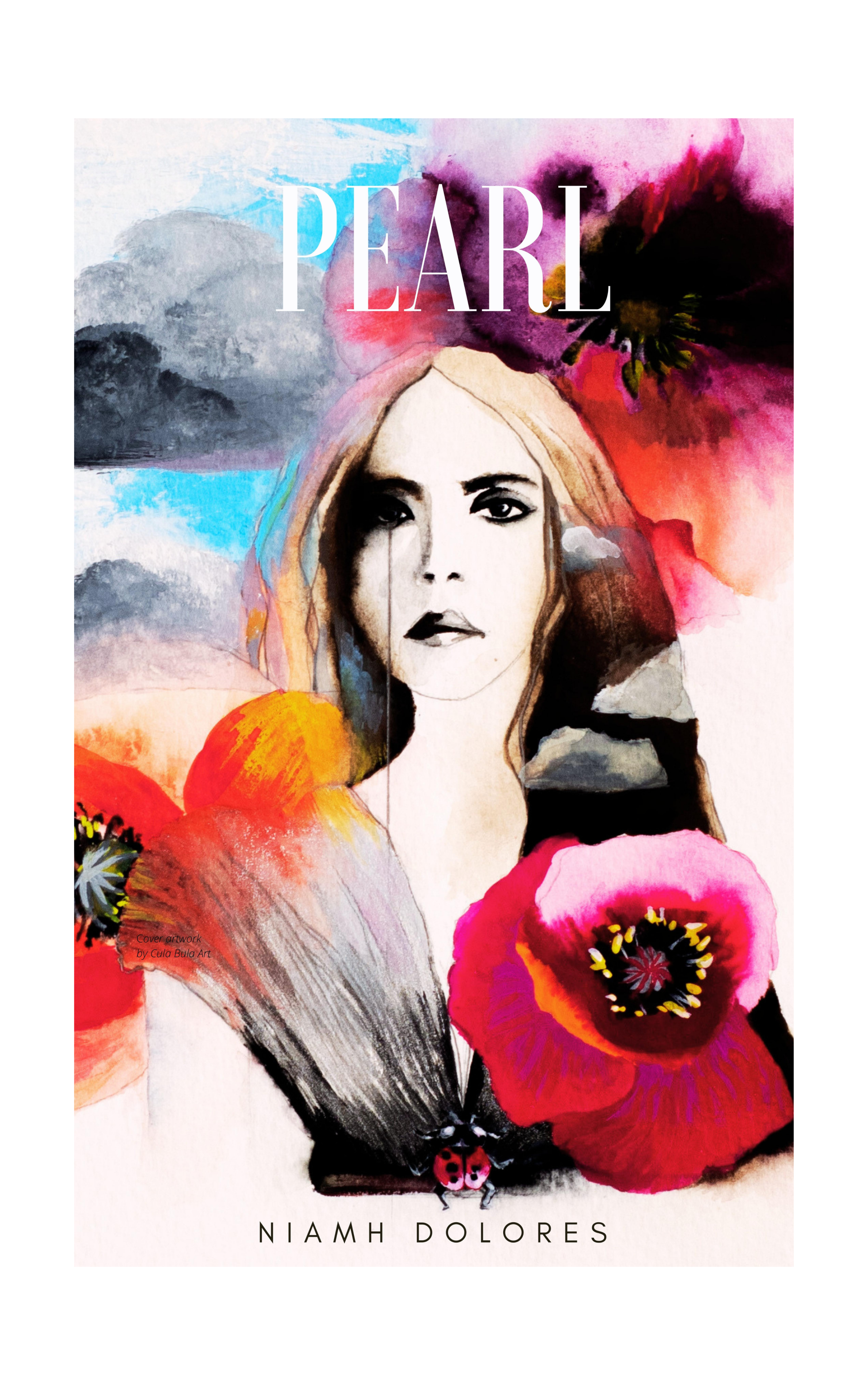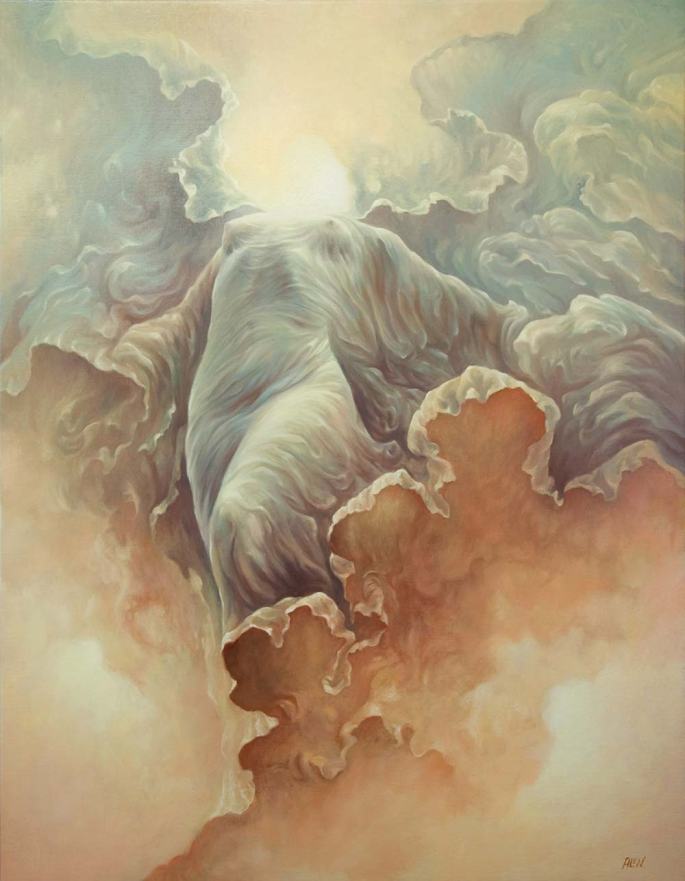



Yin Yoga through the perspective of Hridaya Yoga, Yoga Magazine April 2015
"There is the physical edge, beyond which injury awaits;
There is the emotional edge, beyond which tears and laughter blossom;
There is the psychological edge, beyond which psychosis may erupt;
There is the spiritual edge, beyond which freedom is found.
How and when to play these edges is worth investigating playing your edge."
- Bernie Clark, Yin Yoga
Yin (passive) yoga is a grounding practice renowned for enhancing deeper states of relaxation due to optimum health benefits it brings. At first glance it appears easier than opposite yang (active) standing practises due to the ‘comfort’ of being seated on the ground! On the contrary, it’s surprisingly more challenging, as postures are held much longer. Bodily sensations arise from applied pressure to nerves and glands at the level of the fascia, releasing old patterns including the way we think. As a way of communicating the body expresses in many shades its past experiences, stories, blocked emotions and tensions. Sometimes this communication is very subtle so we don’t always hear when in the bustle of noisy mind. As they surface, try not to get involved with the stories. Step out of ‘the way of the head,’ dive deep through feeling into the radiance of your being.
“Fascia as a shape shifter, being responsible for the shape of our body and particularly locking us into permanent posture patterns.”
– Tom Myers
Watch out for resistances that deceive; the need for a quick getaway, to literally come out of the posture. The significance in recognising resistances or blockages in the moment they surface, gives opportunity for old pattern to release. Here space is created, enabling absorption of fresh energy and fascia to take new shape. Courage and perseverance arise from the practise itself by anchoring the mind in the centre of the chest (a practise found in Hridaya Yoga). The focus on the energy of the heart amplifies its alchemical properties, dissolving tensions and fears.
We see this same undulating pattern of thoughts, when, let’s say diving through different elements, for example, air into water. There is a moment’s embrace on meeting the face of the water’s edge. A transitory experience of what might unfold when diving into the unknown, on way of passing through surface tension – before gliding into the deep. The action itself demands focus, body awareness. When centring in the present moment, a kind of support and confidence arises helping overcome opposing sensations of fear/excitement, the anticipation of moving from heat/cold, dry/wet, the sensation on impact depending how high or low the dive. Once passing though surface tension into total immersion, the diver meets with an expansive openness, gliding blissfully, only to accelerate to the surface, and from its depth there is a freshness, aliveness. In the same way surrendering to gravity, we enter the posture and fall into the depth of our being, awareness of the posture itself is the focus that helps us dive deep into the heart, revealing the expansive Self.
“Fascia – or connective tissue, is what glues us together.
So, it’s a broad use of the word fascia. What we are really talking about is the body extracellular net that holds us together”
– Tom Myers
What is stored?
Habitual patterns that develop have a way of storing information in cells, tissues, bones, muscles and are all held within the intricate network of fascia – holding the entire skeleto – muscular body together. In the way muscles cling to the bone so do thoughts, ideas, stories cling to muscles, tissues, cells and so on, creating body shape and form, and ultimately, how we hold and express ourselves. By surrendering to gravity – feeling into the weight of your body as it moves downward and with it, all that is holding on, we start to relax, to let go. Moving from the weight of burdens into a lighter body.
When practising Yin yoga it is normal to experience dull, achey sensations which should not indicate that we stop. As fascia connected with the neurological system that effects daily habits, thoughts and emotions, how we think, as well as postural behaviour including environmental influence, we can welcome these dull achey sensations, since we know it is the very expression of old energy talking its way out of the body; releasing, for renewal to take shape. In the beginning, sensations that control / impede our lives one way or another such as nerves, fears, past association, etc. will be seen to play their role until eventually we see. If we act on every sensation, perhaps we will never rise to the next challenge, perhaps we will never grow. This is not about denying thoughts and sensations, but moving into and with them, bringing light there and we see they dissolve.
Embracing a fall, at some point a transcendence occurs taking us beyond dualities of the mind; fears/ identifications/personalities likes/dislikes ideas about yourself and so on. Decisions based on personal experiences often hold us back, we contract and the fall becomes a fight. Or if you decide you are one way – you can never be another. This does not mean you detract from a part of your personality in fact consequently there is more dynamism, since detached from the sensations. We still have feelings and sensation but by detachment we are not ruled by them.
Embracing a fall brings great release but, must be approached in total surrender for the body to relax and flow into the experience. Then falling becomes uplifting rather than a contraction. We fall into a sense of freedom. As said by Sahajananda of Hridaya Yoga
“To be free from body and mind, even when in a body and mind.”
Moving brings potentials into the unlimited. Since the direction of this practise involves movement with gravity connecting with earth, the process demands we let go, falling into the posture to access the cellular level for change to happen. In yoga the edge is the place of challenge and change. Awareness of sensations arise, allowing change to happen.
When in a stiff, weak and stuck body, consider how the pattern and formation of fascia builds though life style of habits. Then consider once the fascia resets back to its balance of primary function, which is to restore fluidity for flow in life, flexibility, strength and support, it cannot help but set new cravings; healthy ones for vitality, zest and love for life.
The post Yoga for change appeared first on Hridaya Yoga UK.



